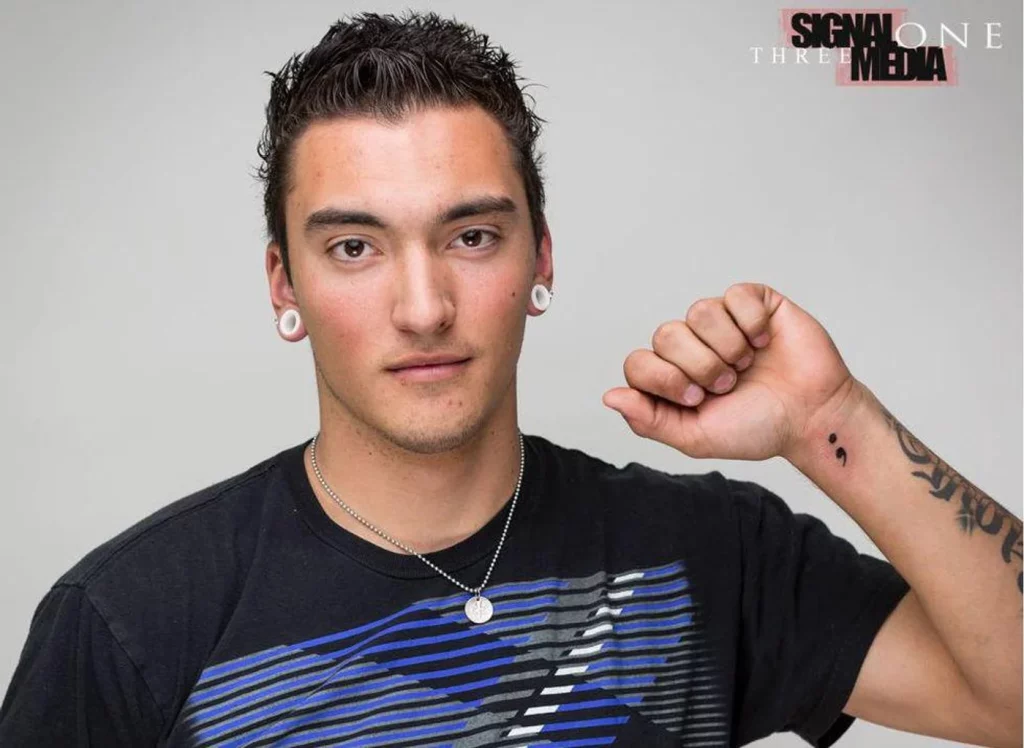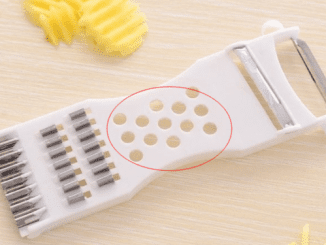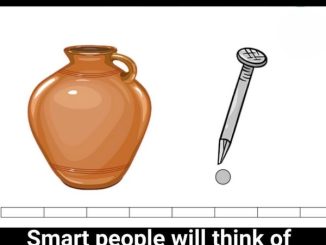In a world saturated with trendy tattoos, the semicolon tattoo stands out. It’s not just a design; it’s a powerful symbol of hope, resilience, and mental health awareness. This simple punctuation mark has become a beacon for those who have struggled with mental illness, suicide, addiction, and self-harm. Let’s delve into the story behind this impactful tattoo and explore its profound meaning.

The semicolon tattoo movement began in 2013 on social media, sparked by a simple yet profound idea. The creators of Project Semicolon envisioned the semicolon as a symbol of hope and love for those battling mental health challenges. They explained, “A semicolon is used when an author could’ve chosen to end their sentence but chose not to. The author is you, and the sentence is your life.”
The semicolon tattoo represents the choice to continue living, to fight for a brighter future, and to find strength in the face of adversity. It’s a powerful reminder that even in the darkest of times, there’s always hope, and there’s always a reason to keep going.
The semicolon tattoo has become a conversation starter, opening doors to important discussions about mental health. It’s a way to break the stigma surrounding mental illness and create a sense of community and support for those who are struggling.
Inspired by the growing popularity of the semicolon tattoo, Jenn Brown and Jeremy Jaramillo founded the Semicolon Tattoo Project. Their mission: to eliminate the stigma surrounding mental health disorders and provide support to those who need it.

The Semicolon Tattoo Project has made a significant impact on mental health awareness. Through events, partnerships with crisis centers, and online outreach, they’ve helped countless individuals find support and resources.
“I recently decided to get a semicolon tattoo,” shares one individual who has been positively impacted by the Semicolon Tattoo Project. “Not because it’s trendy, but because it’s a reminder of the things I’ve overcome in my life. I’ve dealt with anxiety, depression, and gender dysphoria for the better part of my life, and at times, that led me down a path that included self-harm and suicide attempts. But here I am, years later, finally fitting the pieces of my life together in a way I never thought they could before. The semicolon (and the message that goes along with it) is a reminder that I’ve faced dark times, but I’m still here.”

The semicolon tattoo is a powerful symbol of resilience, but it’s not a magic cure. It’s a reminder that you’re not alone and that there is hope. If you’re struggling with mental health challenges, it’s important to seek professional help and support.

Volunteering, joining groups that focus on your hobbies, or trying new skills can help you connect with others and give your life a sense of meaning. You might even encounter someone with a semicolon tattoo, a silent testament to their own journey and a shared experience of resilience.

The semicolon tattoo is more than just a design; it’s a symbol of hope, resilience, and connection. It’s a reminder that we’re all in this together, and that even in the darkest of times, there’s always a reason to keep going.

The semicolon tattoo is a powerful reminder that life is a journey, and sometimes, it’s okay to pause, to reflect, and to find the strength to keep going. It’s a symbol of hope, resilience, and the unwavering belief that even in the face of adversity, there’s always a reason to keep writing our stories.


